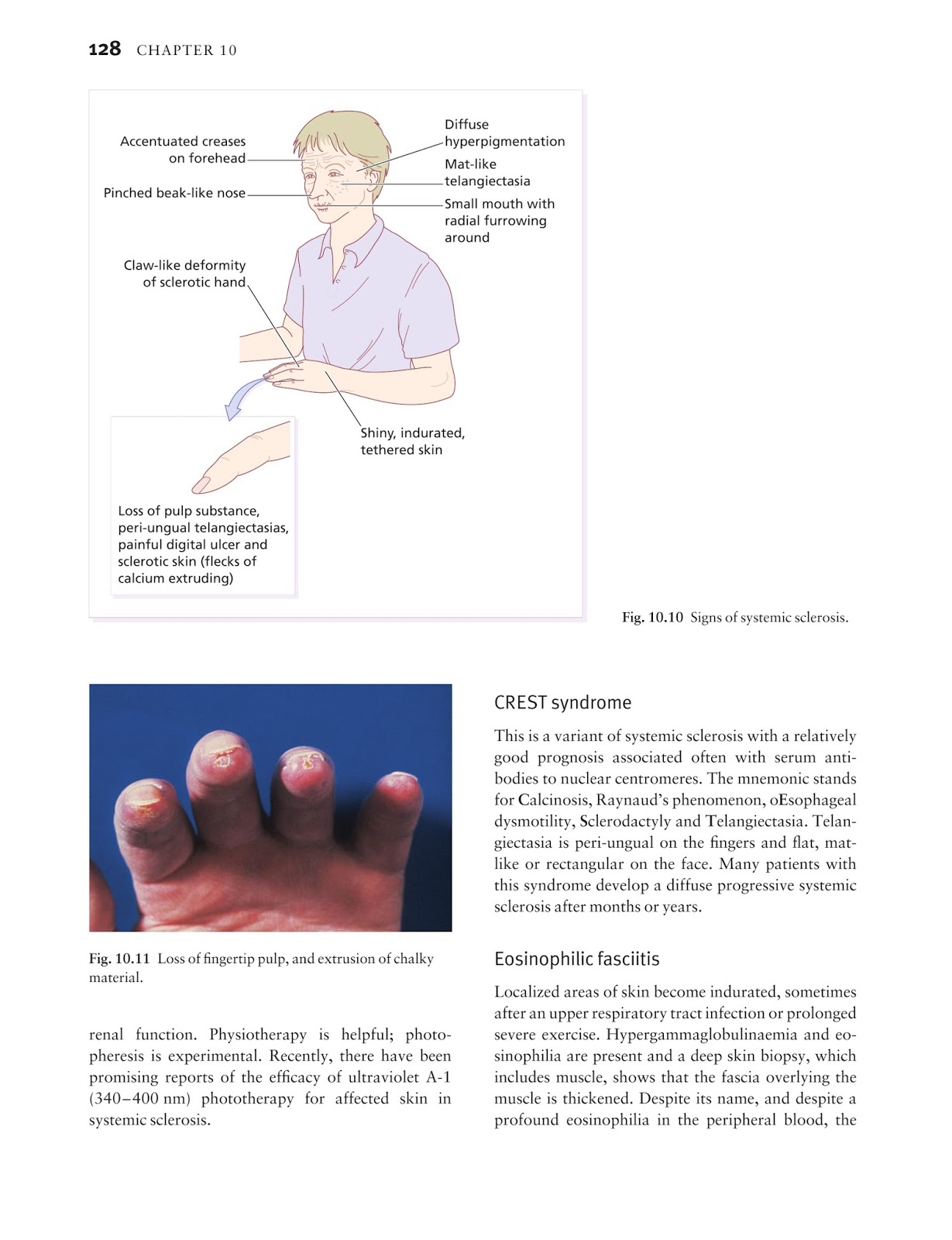

You’ve decided that you are ready to pay about $100 and haven’t found anything that stands out. You are interested in buying a blender but haven’t decided on a particular brand or type of blender. Here’s another example: let’s say that you are interested in purchasing some items at the store. The anchoring effect is the reason for the common phrase in business: “Never make the first offer.” You essentially set your own “anchor”, in this case, and were influenced by it – and ended up leaving money on the table. While you may be pleased with the negotiations, you may never realize that he or she was willing to offer you up to $100,000. You have been hoping for $75,000 – and the interviewer agrees. Let’s say that you are in a job interview and the interviewer asks you what salary you expect from the job. The “anchor” may be the first price offered for a car or business, and that initial anchor will influence subsequent negotiations. The anchoring effect often comes up when discussing negotiation, as well. Amos Tversky and Daniel Kahneman first described the anchoring effect in 1974. The anchoring effect is commonly used in sales and marketing, but it also applies to many other aspects of life: startups, relationships, and financial investing. The “anchor” can lead to judgments and expectations, as well. To put it simply, the anchor effect refers to the fact that humans use an initial piece of information to make decisions.

The anchor then affects the way that human beings make decisions, whether we know it or not.

This first piece of information is called “the anchor,” and it causes a cognitive bias. The “anchoring effect” refers to the fact that human beings rely heavily on the first piece of information offered when it comes time to making decisions.


 0 kommentar(er)
0 kommentar(er)
